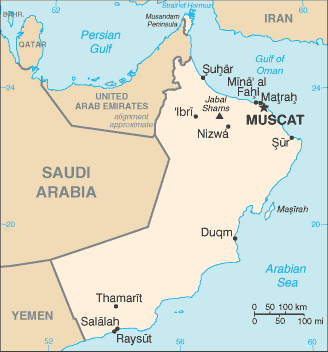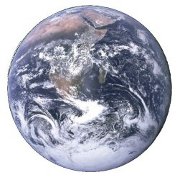
Custom Search
Oman

5 Facts You Might Not Know
1
Oman has nearly 2,700 km of pristine coast untouched by hordes of visitors. A network of tracks and graded highways from Filim to Shwaymiyah makes these desolate sandy beaches accessible to public. There are a number of world-class beach resorts offering an array of activities including kite-surfing, swimming, snorkeling, and diving. Traditional fishing villages are only accessible by driving through narrow dirt tracks. 2
The first Oman World Fireworks Championships was held in 2010. It is one of the largest and most spectacular firework events in the world. Teams from six continents took part in the latest championship. The government of Oman has announced ongoing annual championships that will enhance the international reputation of Oman as a gateway to the Middle East. 3
Oman is one of the few countries where every major city has its own fort. Most of these forts were built around 1624 and 1744 during Al-Yarubi dynasty when Oman was considered one of the citadels of Arab civilization. Some of these forts such as Bahla and Nakhal are in pristine conditions. There are functioning water wells and secret tunnels ending many kilometers away from the edge of the fort wall. 4
Falajs is a unique irrigation system in Oman that dates back more than 2000 years. These water tunnels still play an important role in the irrigation system of the Sultanate. The World Heritage Committee has named five Falajs in its list of international importance. 5
Oman is famous for its world-renowned Frankincense route. Recent documentaries on National Geographic and Discovery channels have highlighted the importance of this route since the middle ages. In 2000, numerous sites on Frankincense trails were incorporated as world heritage sites including Frankincense land museum, Al Balid City, Khawr al Baleed, Khawr Ruri, Awbar, and Wadi Dukah.The capital of Oman is Muscat. The currency of Oman is the Rial Omani(OMR) Flag of Oman
Oman belongs to the Asian continent
More countries starting with O
Airports in Oman
Maţār as Sīb ad Duwalī, Khassab, Masirah, Salalah, and ThumraitLeaders of Oman
The Country dialling code of Oman is +968, and the TLD (Top-level domain) of Oman is .om
List of oil fields in Oman (33)
Map of Oman

Population
3,204,897Languages spoken in Oman
ArabicAnimals native to Oman / which animals live in Oman?
Click here for all Animals in OmanAirlines in Oman
Click here for all Airlines in OmanCoordinates (in Latitude & Longitude) of Oman
21 00 N, 57 00 EKilometers of coastline
2,092 kilometersSquare kilometers of land
212,460 square kilometersSquare kilometers of water
0 square kilometersBirth rate
35.76 / 1000 populationDeath rate
3.78 / 1000 populationIrrigated land
720 sq km Information about Oman is brought to you by "List of countries of the world", your first stop in discovering all countries of the world.
Information about Oman is brought to you by "List of countries of the world", your first stop in discovering all countries of the world.Besides demographic information, geological information about Oman, also the flag of Oman and a map is displayed. View also countries of the world ordered by:
- List of TLD's
- Country dialling codes
- Population
- Kilometers of coastline
- Square kilometers of land
- Square kilometers of water
- Birth rate
- Death rate
- Irrigated land
- Countries starting with A
Privacy policy